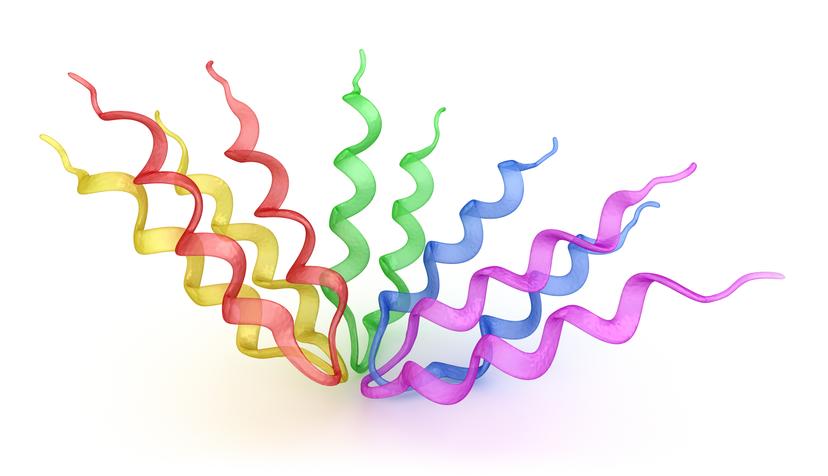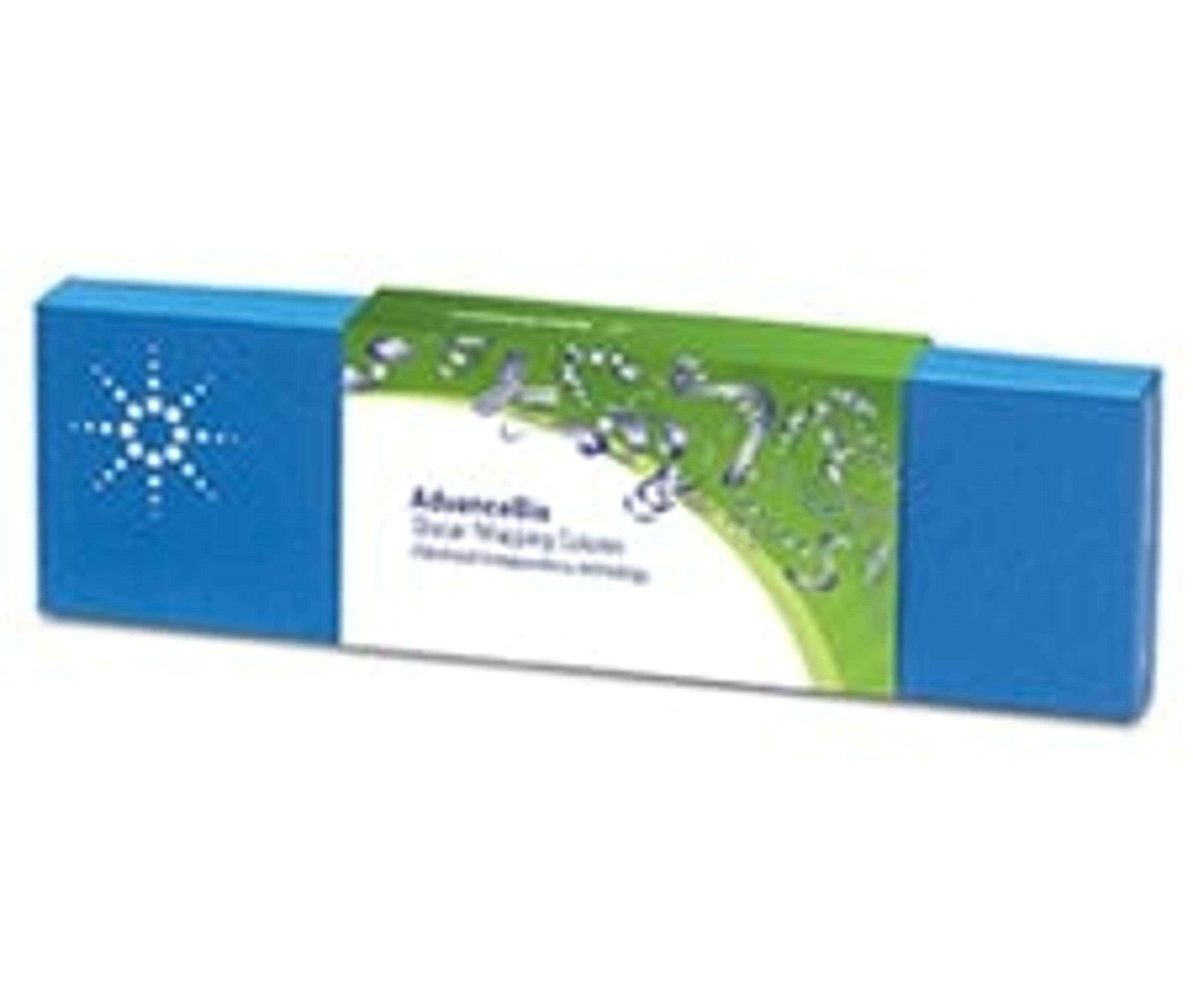Top Methods for Glycobiology Analysis
Discover the top methods for the analysis of glycans, glycopeptides and other glycoforms
15 Feb 2016

Discover the top methods for the analysis of glycans, glycopeptides and other glycoforms
The glycans (oligosaccharides) attached to proteins play a crucial role in many recognition, signaling, and adhesion events within and between cells. Understanding exactly how the carbohydrates in therapeutic proteins modulate their functions in patients is key to the development of an optimal glycan profile, emphasizing the importance of performing glycan analysis. This application note summarizes the glycoform profiling data from a therapeutic antibody at three different levels: intact protein, peptide (glycopeptides) and cleaved glycans using mass spectrometry (MS).
Glycans are widely distributed in biological systems in ‘free state’ and conjugated forms such as glycoproteins, glycolipids, and proteoglycans. This application note demonstrates the development of novel HPLC and UHPLC columns for high resolution separation and structural characterization of native and fluorescently labeled N-glycans released from various proteins, including antibodies.
3. Describing N-glycan Structures in mAb Analysis
In this seminar, Dr Oscar Potter, R&D Scientist at Agilent Technologies, discusses N-glycan structures, names and symbol nomenclature for biopharma scientists. It’s well known that monoclonal antibodies (mAbs) contain N-glycan structures, so it is important to understand and describe these structures when analyzing mAbs.
4. Analysis of Glycopeptide Glycoforms in Monoclonal Antibody Tryptic Digest Using a UPLC HILIC Column
This application note presents a UPLC HILIC/TUV/MS method for the separation of glycopeptides that is complementary to HILIC/FLR separation of N-linked glycans released from the protein. The method does not require glycan release and labeling, as such complexity of sample preparation is reduced, making it useful in the development and quality control of new protein-based therapies.
5. Advance Your Glycan Mapping Through Higher Speed and Resolution
In the race to discover the next promising biotherapeutic or develop a reliable biosimilar, you cannot compromise on analytical accuracy and efficiency. Reducing process development time, having the ability to make procedural changes quickly, and minimizing variability in your analyses are just a few of the challenges you face every day. Learn how to achieve new levels of resolution for glycan mapping with Agilent AdvanceBio Glycan Mapping columns in this application note.
6. Processing Human Serum for Rapid and Reproducible N-Glycan Mass Profiling
This application note describes a high throughput sample preparation procedure for global glycan mass profiling. Microwave-assisted enzymatic N-glycan release followed by an automated solid phase extraction (SPE) purification procedure utilizing the Gilson GX-274 ASPEC™ System were employed to improve sample throughput and stabilize sample processing.
7. Comprehensive Study of O-linked Glycopeptides of Erythropoeitin
Protein glycosylation can effectively be analyzed on the glycopeptide level where site-specific modifications remain preserved. This application note introduces a new method allowing for automatic identification of unknown glycopeptides in one step without prior release of the glycans.
Find out more about glycan research by visiting our Biopharmaceutical Special Feature for the latest news, methods and products!

